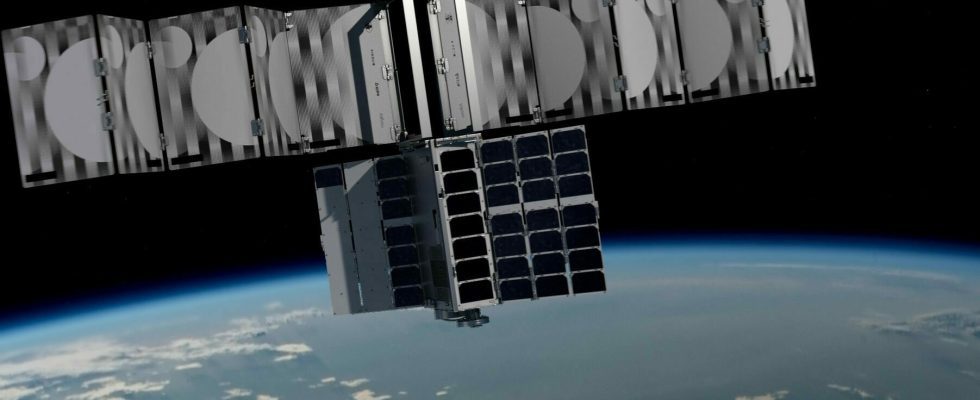Finally! The start of “Adler-1” from the US state of California was successful on Saturday after several postponements. And: A mission extension should provide even more data on space debris in Earth orbit
After several postponements, the launch of a Falcon 9 rocket from the US company Space X finally succeeded on Saturday. The mini-satellite “Adler-2” is also launched from the Vandenberg Space Force Base in the US state of California. The Austrian Space Forum (ÖWF) is responsible for the scientific management of the “Adler” mission to collect data on the distribution of space debris in Earth orbit US technology company Spire Global, run by Peter Platzer from Upper Austria. The new mini-satellite is around twice the size of the “Adler-1”, which is only ten by ten by thirty centimeters and has been in space for more than a year. “Adler-2” has now been transported into its orbit, which is also at an altitude of around 500 kilometers, as one of a total of around 50 devices on board the Falcon 9 rocket.170 million pieces of wasteThe aim of the “Adler” mission is to collect information about small objects collect in different orbits. Current estimates assume 170 million particles larger than one millimeter. The Eagle mission aims to improve sophisticated computer simulations that estimate the distribution of space debris. This should facilitate the search for safe orbits for probes. Even more data In contrast to “Adler-1”, the successor will provide significantly more data in its field mission, which is also scheduled to last around a year. On board is the OeWF’s “Austrian Particle Impact Detector” (APID) radar device, a kind of “space microphone” and an optical sensor that is intended to search the earth’s atmosphere for signs of air pollution. The probe is to deliver around two million data sets to the Innsbruck-based OeWF.
source site-12
